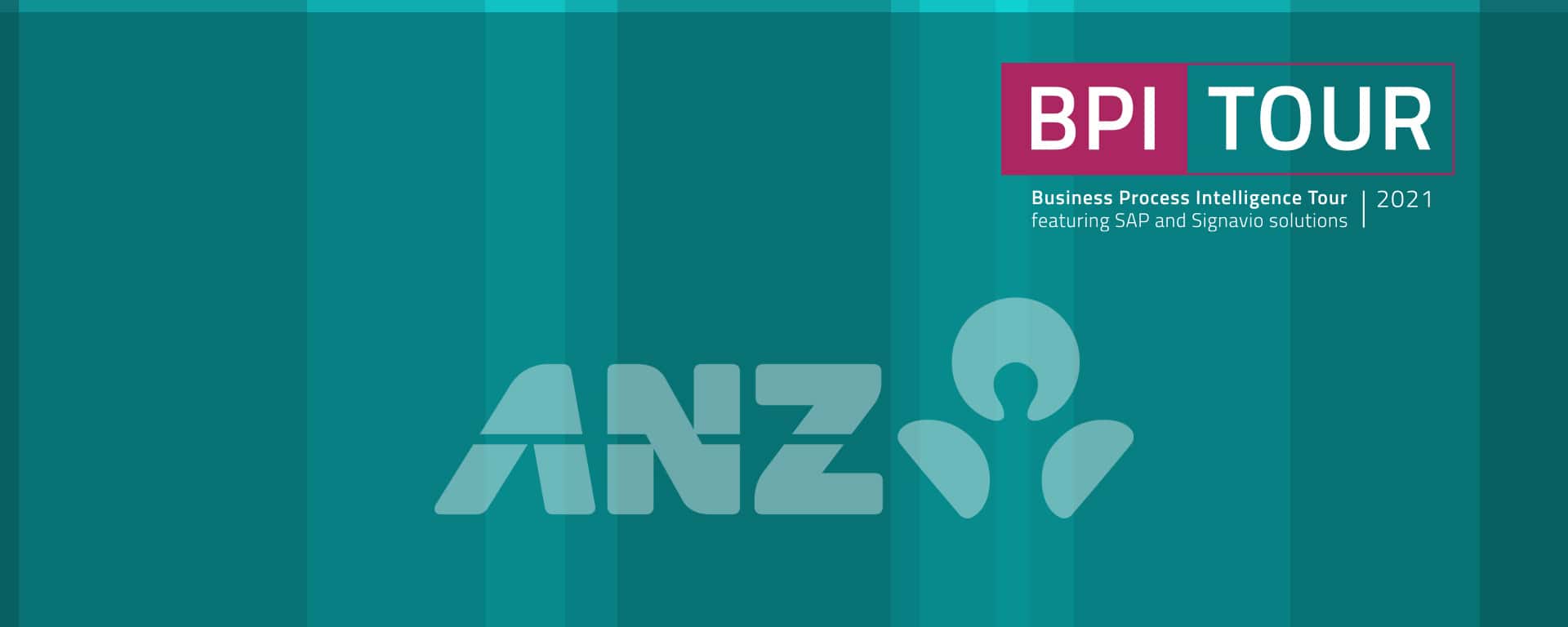Removing or reducing risk is a key objective for every organization, no matter what size or shape. This was very much the case with ANZ Bank, which as one of Australia’s ‘big four’ banks, serves around 8.7 million customers across its Retail, Commercial and Institutional arms.
As an organization, ANZ tries to shape a world where people and communities thrive. Achieving this means becoming a more simple, efficient, and well-managed business, and fundamental to doing so involves looking at platforms and people. Business processes are an essential part of this simplification, and how to use process governance to reduce risk became a key focus of ANZ’s strategy.
Regulatory requirements driving a process overhaul
Within ANZ, the Australian Retail and Commercial (AR&C) division provides products and services such as mortgages, credit cards, home loans to consumers and businesses. Founded in 2019, the AR&C Process Engineering and Governance team started developing process management frameworks to reduce risk in the AR&C division.
The team spent 18 months capturing processes across AR&C, using subject matter experts to see what the baseline processes were, and getting those signed off. There are now almost 1,000 end-to-end processes across value chains signed-off and residing within Signavio. AR&C is focused on process maturity, driving culture and awareness around process management.
Katrina explained that the AR&C Process Governance Framework has five key elements:
- Process hierarchy – this ensures consistency and clear definitions of process and ownership across each process level. Initially based on industry best practice, this has evolved and been refined, with process owners assigned at each level (and to associated Signavio workflows).
- Process classification – using industry best practice as a benchmark and aligning to AR&C, with clear ownership and consistent process naming across all product lines. This lives in the Signavio libraries and throughout navigation.
- Process governance – In order to avoid process maps becoming outdated, clear roles and responsibilities were assigned, with regular process reviews (via workflows built using Signavio) and compliance reporting.
- Process modelling standards – with Signavio, ANZ could now deploy the BPMN 2.0 modeling language, ensuring consistency across all processes. They also chose to keep processes as simple as possible with the fewest number of shapes.
- Signavio – using Signavio really helped with the governance framework. It enabled a single sign-on that has increased uptake, built-in workflows to manage processes, adhered to BPMN 2.0 standards, and facilitated system integration, reporting, and process intelligence.
The central eco-system across process management enabled by Signavio allows the business to get a holistic view of how the business operates. The key controls uploaded to the ANZ libraries were derived from ANZ’s risk management system and then linked to processes and gain a view of key controls and any gaps.
How to use process governance to reduce risk
Knowing the program purpose — risk reduction in process execution and process change — helped a great deal during the setup and rollout of Signavio technology, including helping ANZ understand where best to focus energies. There were several critical success factors that helped ANZ determine how to use process governance to reduce risk.
Identification of key stakeholders
Who are they, and how can they be helped? Each group then benefited from a bespoke change management approach tailored according to their needs and drivers.
Keeping it simple
Process management was embedded into existing frameworks and policies. Workflows were simple with as few steps as possible; tools, training and support was offered through Signavio; and 'sources of truth' libraries were integrated into the Signavio ecosystem.
Center of excellence
This was vital to risk reduction when changing processes. The central team for process governance ensured that all processes were signed off through the workflow and that annual process reviews were conducted to increase process maturity. Roles and responsibilities were defined and assigned, creating a clear pathway for any changes made.
BPM has already played an integral role in risk reduction across the AR&C division of ANZ Bank. Looking to the future, AR&C plans to make use of process intelligence for further improvements. After a successful pilot, the organization is deploying a cross-functional team to use process intelligence to identify bottlenecks and look for process improvement opportunities.
To learn more about how Signavio can help strengthen your process governance, visit the dedicated BPI Tour 2021 landing page today.

